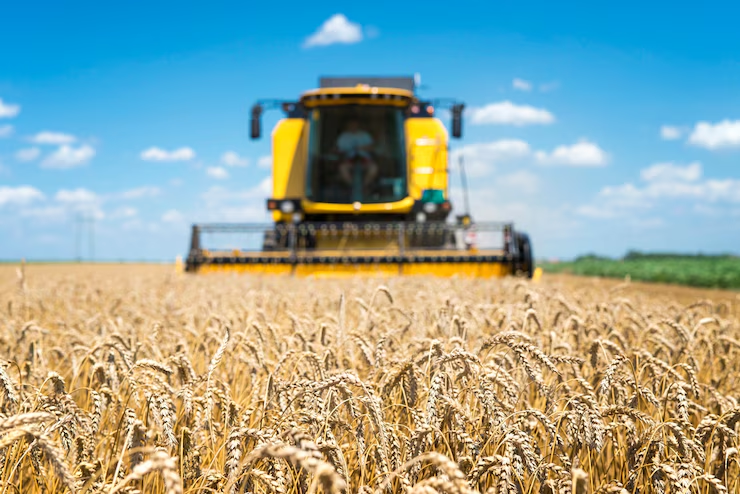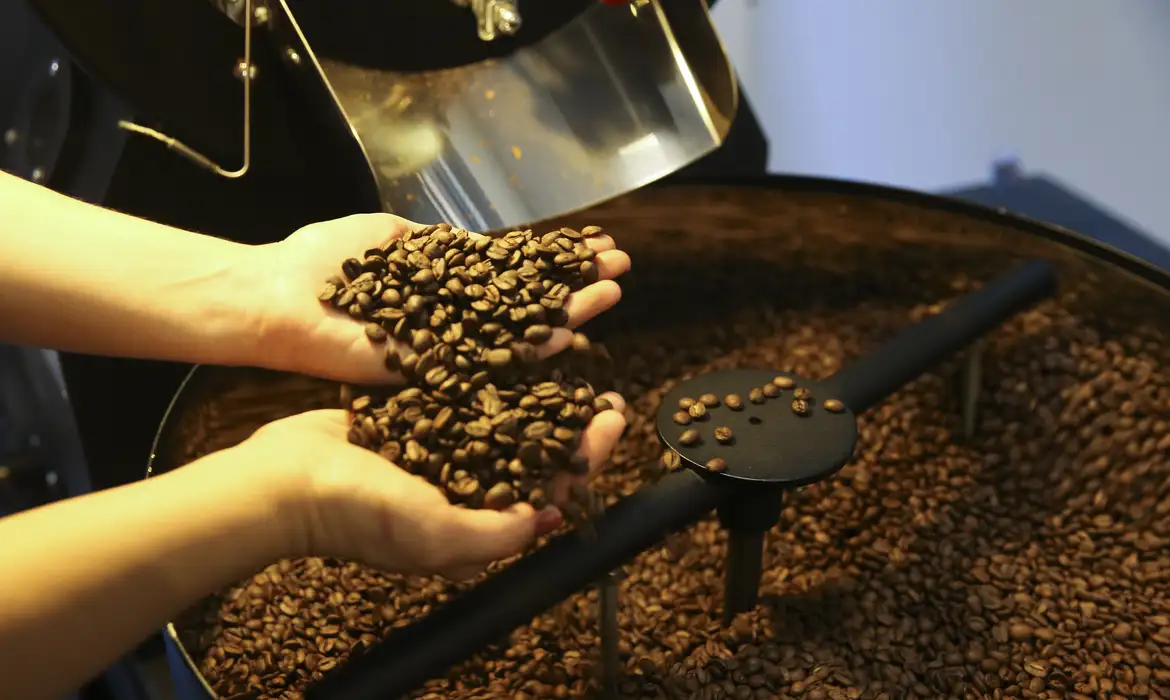2023 harvest is forecast at 302.1 million tons, points out IBGE in April

Rice, corn and soy, the three main products in this group, together represent 92.3% of the estimated production and account for 87.3% of the area to be harvested.
featured soy
According to IBGE data, national soybean production should reach 149.1 million tons, an increase of 24.7% compared to the previous year, and should represent almost half of the total cereals, legumes and oilseeds produced in the country in the year .
Safras and Mercado analyst Luiz Fernando Gutierrez Roque explains this increase. “In general, it indicates a Brazilian recovery this season compared to last year, especially in the case of soybeans, which last year we had a very large drop in production due to La Niña, which affected the southern region and part of Mato Grosso. South,” he explained.
And he continued with regard to the positive expectations for the soybean harvest: “This year we are confirming the harvest of a super harvest, a record soybean harvest, because all the states of Brazil are harvesting very well, with the exception of Rio Grande do Sul , which again had some problems”, he pointed out. The April estimate for the production of corn in grain showed a slight increase of 0.1% in relation to the projected in March
Low rice and beans
Despite being part of the most representative group, paddy rice shows a drop of 7.5% compared to 2022. The area of rice to be harvested had a decline of 6.7%.
According to analyst Evandro Oliveira, consultant at Safras e Mercados, some factors determine this reduction in rice. “Along with this issue of drought, there is this issue of margins, rice had been facing tight margins for long periods, which led producers to migrate to other more profitable crops, such as corn and soybeans. There was this crop migration and significant area cutting,” he explained.
Like the area of rice, the area of beans to be harvested also fell, by 2.3%, despite the grain having a forecast of production in April 1.5% higher than that registered in March. Oliveira points out that beans accompany rice in several factors, and highlights another factor that contributed to the reduction in the grain’s planted area: there is this whole issue of consumer behavior, which affects beans”, he clarified.
In the regional distribution of production of cereals, legumes and oilseeds, the Center-West continues to lead, with 48.7%; followed by the South, with 28%; Southeast, with 9.6%; Northeast, with 8.7%; and North, with 5%. Among the states, Mato Grosso leads as the largest national producer of grains, with a share of 30.7%, followed by Paraná, Rio Grande do Sul, Goiás, Mato Grosso do Sul and Minas Gerais. Together, these states represent 80% of the total produced.
By Brasil 61




